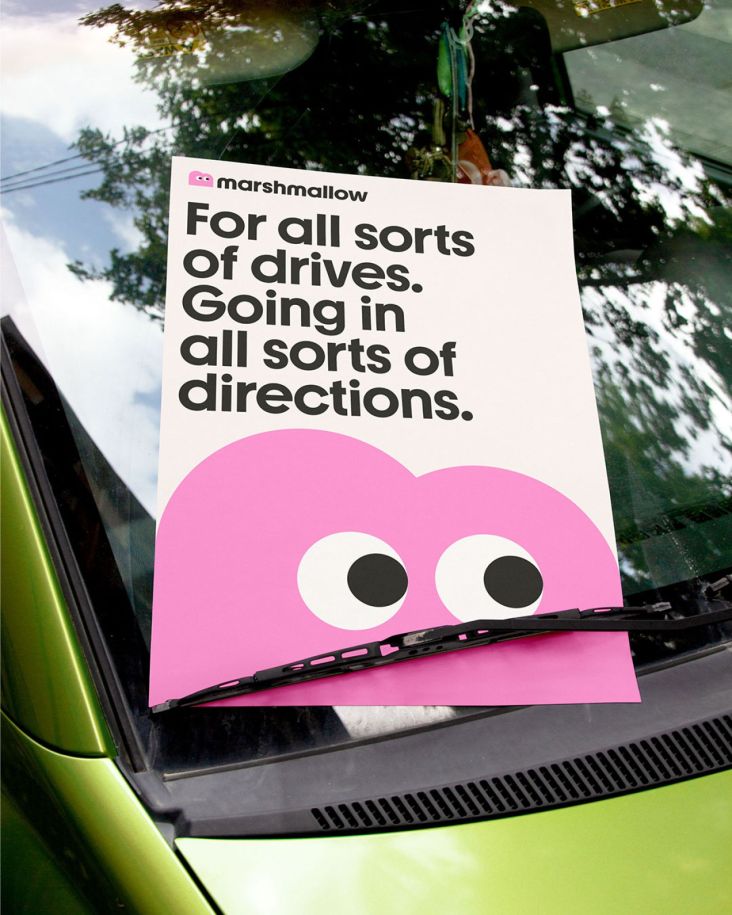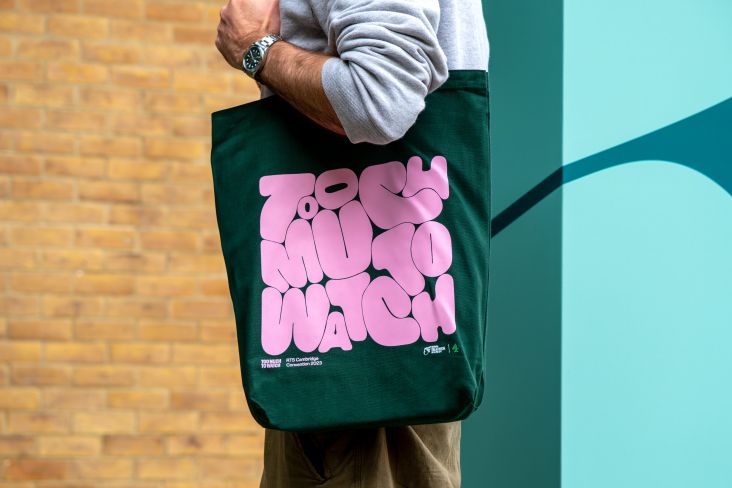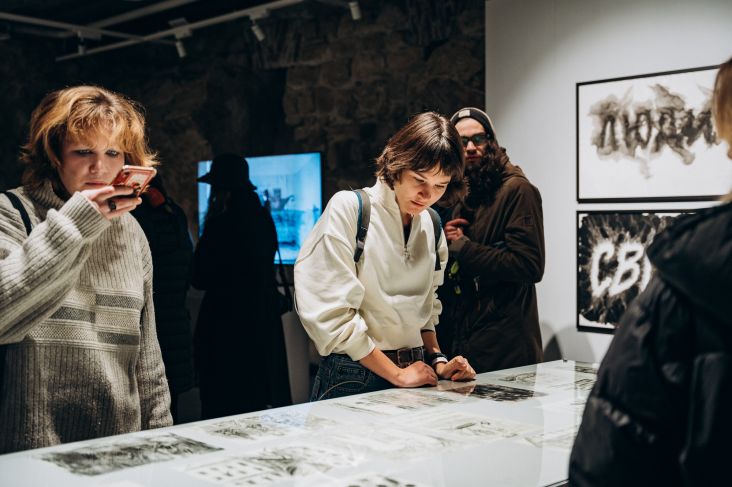Ed Little of Regular Practice on what the next wave of branding design will look like
We chatted with Ed Little, director of the London studio Regular Practice, about putting design at the heart of strategy, how the nature of branding is (fast) evolving, and what agencies need to do to keep up.
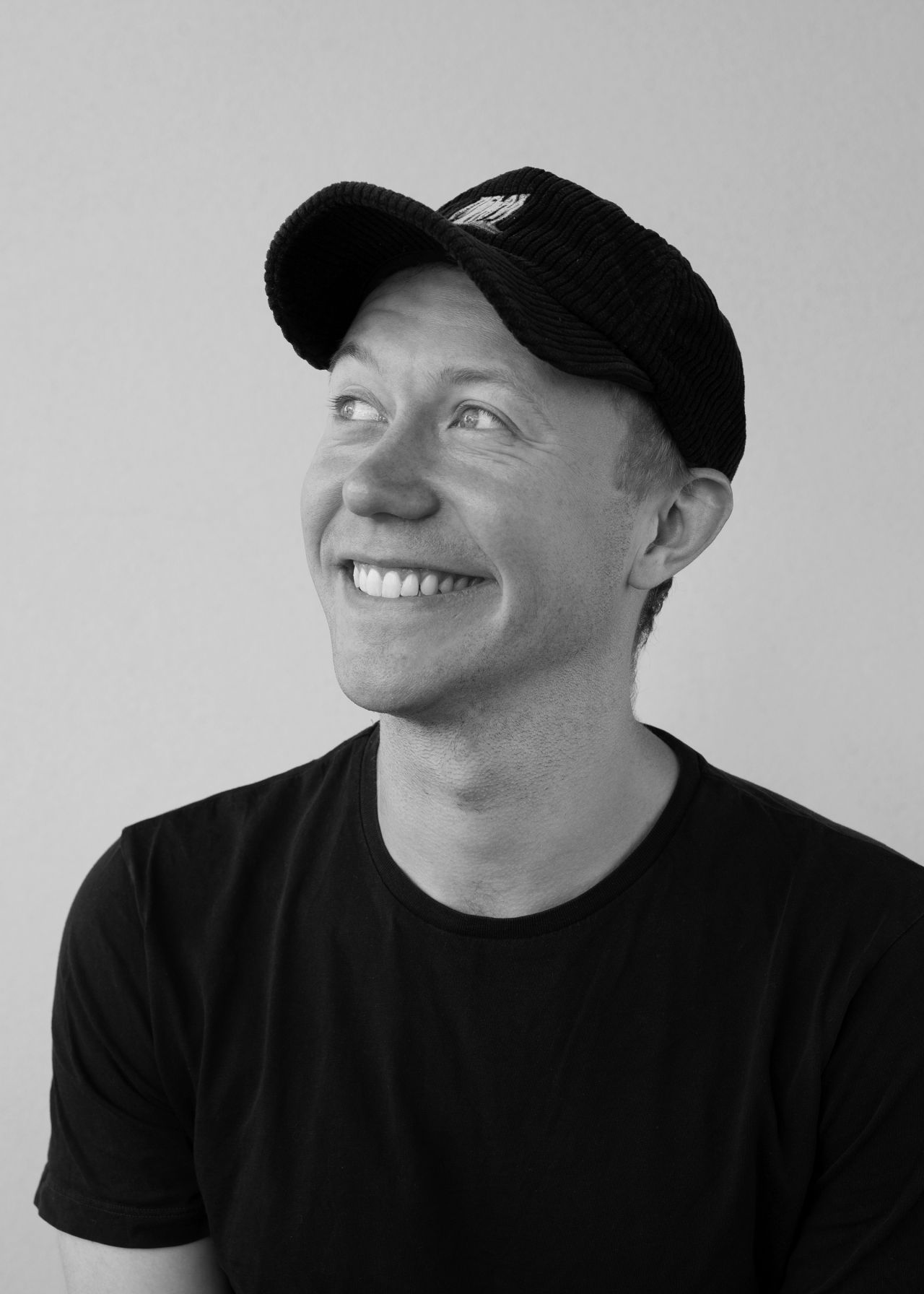
Ed Little has come a long way for someone who left university in 2015 with a BA in Politics and Sociology and no idea what he wanted to do.
His initial foray into the world of design was through a creative accelerator, where he gained exposure to a diverse range of startups and consultants. This experience sparked his interest in brand strategy, which was further fuelled by a year and a half working with independent brand strategist Tim Watson. Ed describes him as a great mentor, giving him valuable insights into the world of brand strategy while he also pursued side hustles in photography, social media and consulting.
Ed then got his first formal role as a junior strategist at Otherway, where he spent four years learning from experienced mentors and witnessing the agency's growth during the direct-to-consumer boom.
He spent a year and a half with Koto, learning from founder James Greenfield who was a big supporter of Ed's podcast, People Doing Things. His freelance work then brought him into contact with design studio Regular Practice, where he collaborated on a project that would eventually lead to his joining them as a partner and strategic director in June this year.
Things have been going pretty darned well at Regular Practice, which has seen 40% growth in the last six months. So, we were keen to talk to Ed about the secrets of their success, the role of strategy in design, and, more broadly, how he sees the future of branding over the next few years.
Strategy at the centre
First of all, 40% growth is quite spectacular in such uncertain times, so what does Ed attribute that success to? "I think it's down to many things," he responds. "Appetite and experimentation. A good dose of humour. Humility. Beers. Plus, there's a belief that we want to create work that's less for White Cube [a global network of contemporary art galleries] and more for Tesco. Work that's really seen and felt by the masses, rather than just a certain niche of people who buy expensive candles."
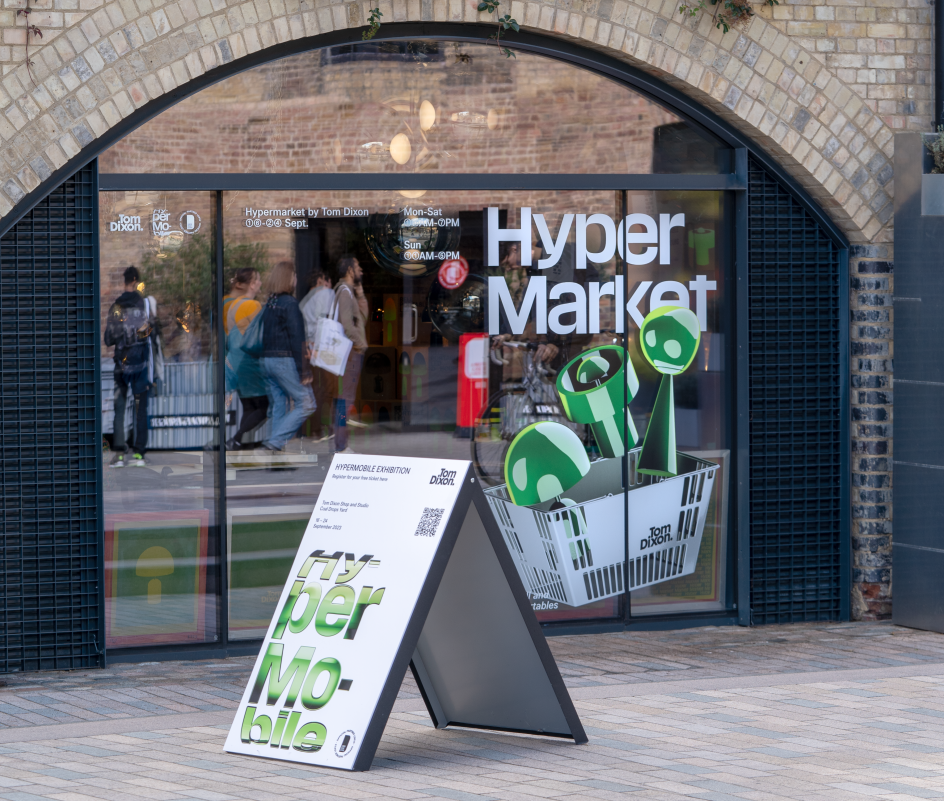
Perhaps most importantly, Regular Practice also focuses on putting strategy at the heart of their design work. "Because strategy shouldn't be a separate thing but should live in the design, not in a deck somewhere," Ed explains. "It's got to come through in how people feel the brand for it to be effective in most cases. So, whereas some strategists get a bit caught up in just the final articulation of the words or the campaign, I think it's got to live throughout on some level."
It also has to be simple and explainable. "I don't believe in the over-intellectualisation of strategy," Ed stresses. "I think everyone should be able to easily understand it. It works hardest at its simplest, where everyone buys into it. And if people don't buy into it, then it's kind of nebulous and ineffective."
The right clients
Another element of Regular Practice's approach is to pick the right clients to partner with. But that's not about working for the biggest and best or the companies with the most money. It's about aligning with people who have the same values and the same kind of ambitions as the studio itself.
"At Regular Practice, I aim to create a runway to give us the best opportunity to create the most compelling and out-there design," Ed explains. "So we talk about our proposition as being 'change perceptions, defy expectations'. And that really means we want to work with clients who have a point to prove and are prepared to prove it.
"Many people tell us at Regular Practice: 'Oh, if you just add this to your business, you could make a bit more money'. Or: 'If you just took on these clients, you could have a more retained system of income'. But we respond: 'Yes, but we're not really about creating that type of work'."
So what sort of work do they pursue? "We want something that's gonna move people or move the culture in some way," Ed explains.
Of course, that's not easy because the design agency work is such a competitive space. "Even though we're not exactly fighting against each other on a personal level – most of us are great friends – the bar is so high in London with new studios. So you've got to work that extra bit harder to develop something that no one's done before. And that might be something where you don't have to do it, you don't actually have the time to do it, but you're gonna do it anyway."
Tooling up
Regular Practice is also very tools-driven, Ed reveals. "That is something that's really inspired by our creative director Kris [Kristoffer Sølling]," he says. "He's very ahead of the curve in terms of using technology to make design better or easier to use, more considered, or more forward-looking and future-proof. As a result of trying to keep up, I'm now trying to use more tools in the strategy department, too."
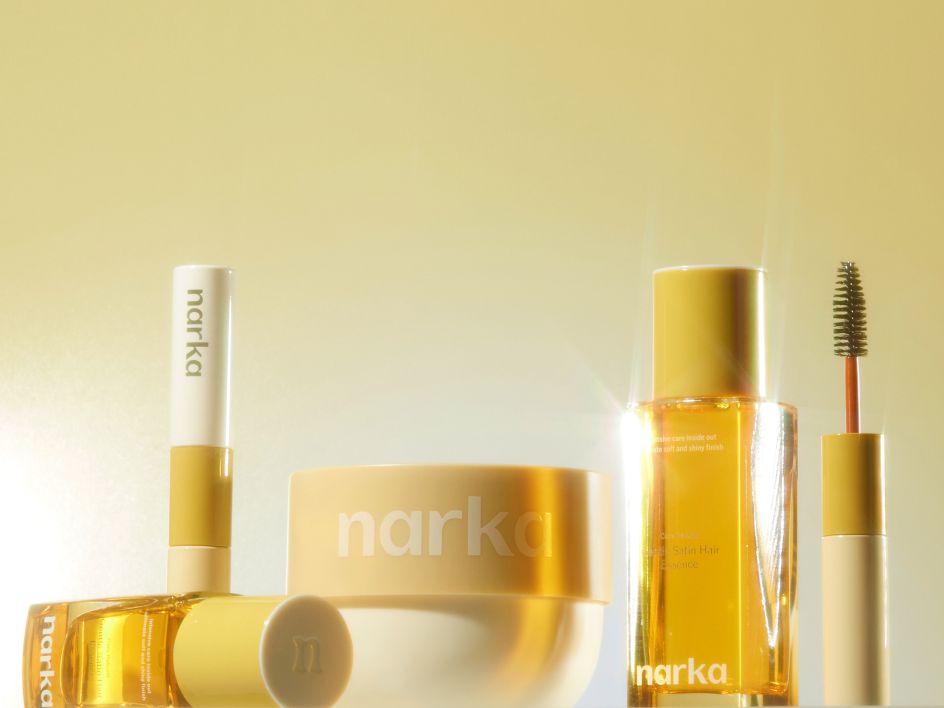
That includes AI tools such as Grain IO. "This allows us to conduct interviews, where you record the video and the audio, and then it gives the transcripts," says Ed. "You can go through the transcript and pick out bits you like, and the software gives you the video back in a clip format that you can then put in a deck and show to clients. That way, they can see the video rather than just reading a quote, which I think is quite interesting."
They're also beta testing a tool called Scoops. "It works as a chatbot," explains Ed. "So if you want to do qualitative research with customers, you can use this to conduct something like a WhatsApp chat around a certain series of questions. Or maybe get your audience to provide data, and then you can use the AI to codify it into insights. We're testing that with one of our clients currently. So it's not that it's replacing jobs; it's more about making you more sophisticated and making you keep that value with the clients."
Future trends
All this forward-thinking is important, Ed stresses, because the world of branding is changing before our eyes, and agencies need to remain nimble and ready to respond.
"Recently, technology has changed the speed and ease you can get brands up and running," he notes. "You can get onto Instagram, you can do shoots, you can get that all done quite quickly and within a fairly inexpensive budget. I think that's been a fact watching the direct-to-consumer curve. And seeing our shopping habits completely change has been incredible."
But now, he warns, things are shifting again. "Right now, anyone can use a program to get a very simple bit of design done and then get on to TikTok, set up a TikTok Shop and start selling in two clicks," says Ed. "And people are attracting customers through reviews that are, on the whole, relatively fake. So we're kind of living in this post-truth, non-branded, buys-and-clicks world. And I'm really curious to see how brands manage to cut through. Because the penetration of TikTok is still so low.
"I've been going on about it for years, to people internally about how it's going to change, and now it's only just starting to shift," he adds. "But not that many big brands are on it. And so I think there's going to be a huge transition, and how we create brands will change as a result. The question is: How do brands compete in a post-truth, low visual aesthetic way?"
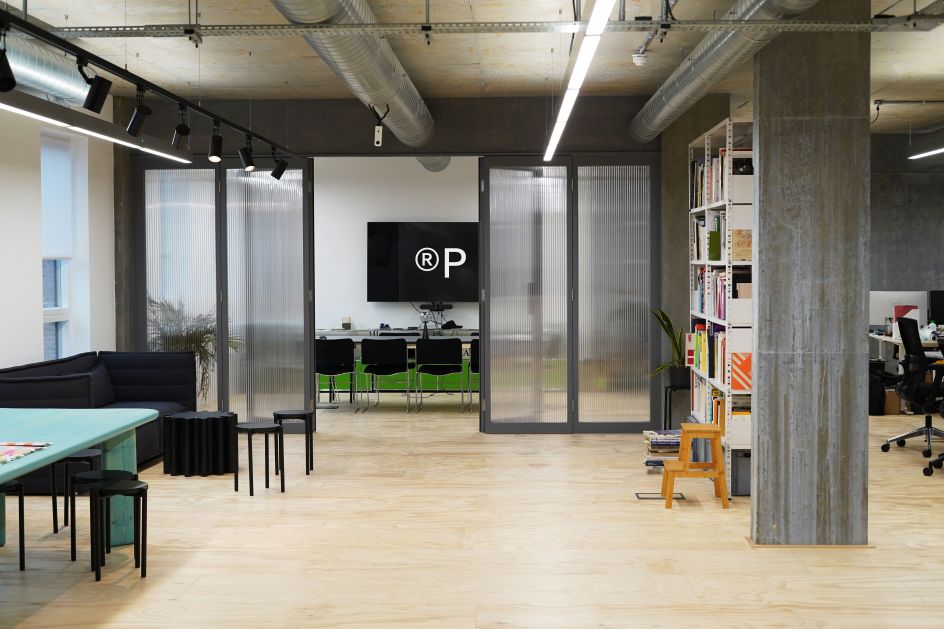
The Regular Practice studio in London
Ed stresses that this new wave of branding is going to represent dramatic upheaval. "We're now going into this slightly chaotic, 'let's rip up the rulebook' wave, where brands just get created overnight, and you pay a bunch of influencers, or just ordinary people, to review the products. So you've got these micro brands being created, where you just start a gimmicky product, sell it through one click, and make some money and set up a company."
And here's where design studios come in. "We're starting to see a lot more businesses making hundreds of thousands on TikTok Shop and want to use that quick fame to break into the mainstream," Ed reveals. "These products are framed as massive innovations, but for example, their packaging is rubbish. That may not have been a problem on TikTok. But now they want to go into Selfridges. And they need an agency to help them transition from one to the other. It's those kind of little brands that are going to have a big impact across the industry."
More fundamentally, he predicts this will change how we think about and interact with brands. "Maybe brand will become a bit more product-first," he suggests. "And that will naturally change the design aesthetic because it won't necessarily need to be focused around all these stories.
"There's probably going to be more fluidity as well in how brands are made," he adds. "From a Gen Z aesthetic, I can see a world where brands don't have logos, or their logo changes whenever they feel, in the same way, that there's a gender fluidity or neuro divergence. I imagine there will be brands that will just pick and choose how they decide to turn up. And they'll get away with it in ways that are probably quite unexpected or break that old guard of old rules and brand building."




 by Tüpokompanii](https://www.creativeboom.com/upload/articles/58/58684538770fb5b428dc1882f7a732f153500153_732.jpg)

 using <a href="https://www.ohnotype.co/fonts/obviously" target="_blank">Obviously</a> by Oh No Type Co., Art Director, Brand & Creative—Spotify](https://www.creativeboom.com/upload/articles/6e/6ed31eddc26fa563f213fc76d6993dab9231ffe4_732.jpg)










